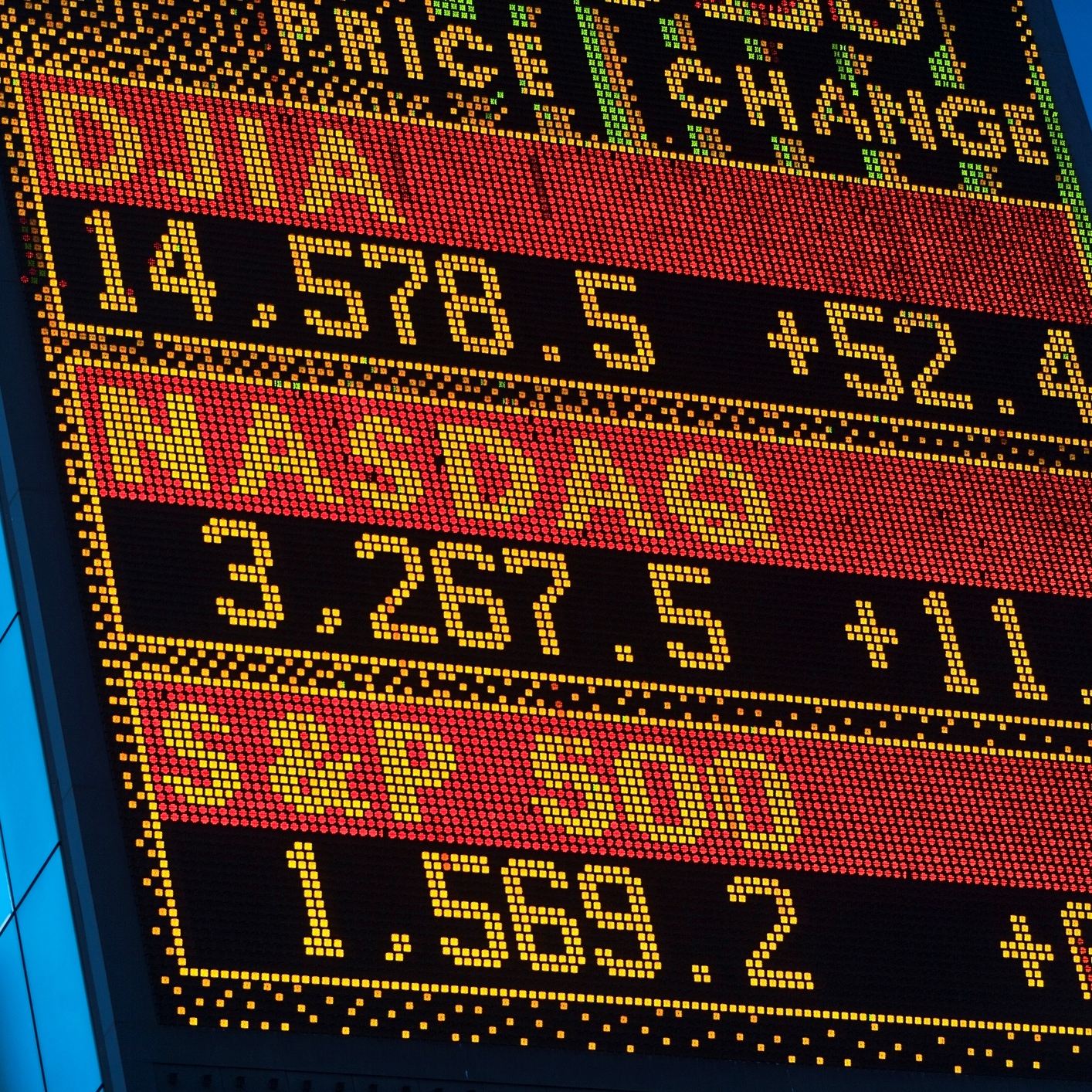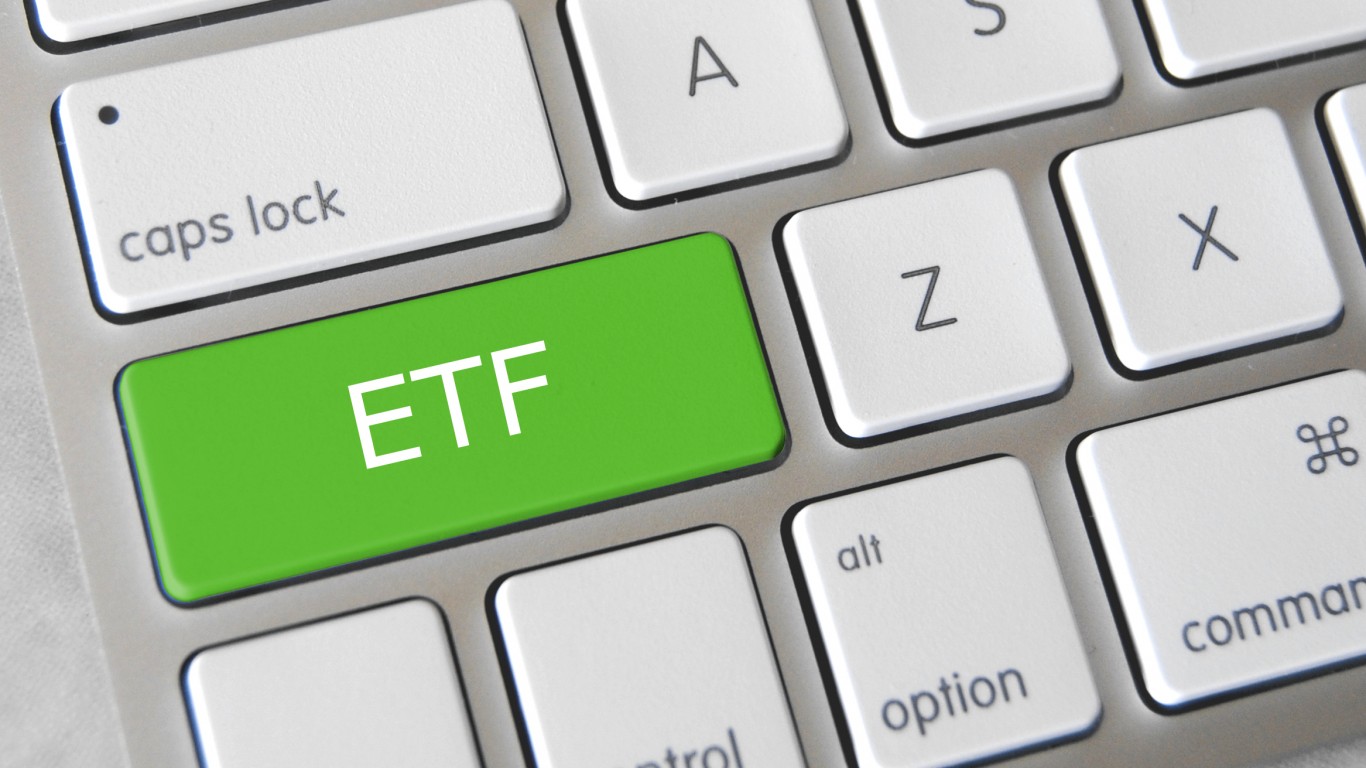
Crude oil continued its journey down, closing 1.1% lower at $47.86.
Gold fell slightly below the $1,200 level. On the day it fell 0.4% or $5.20, closing at $1,197.90.
As we have said before, the oil and gas companies helped pull the S&P down along with industrial goods and major airlines. It would appear that the price of crude dropping would be a common denominator across these industries.
Textiles was the only industry that was positive across the board. Nike, with its apparel business, spearheaded the industry after recent analyst reports were very bullish on the stock and industry as a whole.
The S&P 500 stock posting the largest daily percentage loss ahead of the close Tuesday was United Continental Holdings, Inc. (NYSE: UAL) which traded down 4.7% at $66.59. The stock’s 52-week range is $37.41 to $76.80. Volume was 7.2 million versus the daily average of 3.3 million shares.
The stock posting the largest daily percentage gain in the S&P 500 ahead of the close Tuesday was The Western Union Co. (NYSE: WU) which jumped 3.6% to $20.28. The stock’s 52-week range is $18.07 to $22.70. Volume was 11 million which is well above the daily average of around 5.8 million shares.
It’s Your Money, Your Future—Own It (sponsor)
Are you ahead, or behind on retirement? For families with more than $500,000 saved for retirement, finding a financial advisor who puts your interest first can be the difference, and today it’s easier than ever. SmartAsset’s free tool matches you with up to three fiduciary financial advisors who serve your area in minutes. Each advisor has been carefully vetted and must act in your best interests. Start your search now.
If you’ve saved and built a substantial nest egg for you and your family, don’t delay; get started right here and help your retirement dreams become a retirement reality.
Thank you for reading! Have some feedback for us?
Contact the 24/7 Wall St. editorial team.





